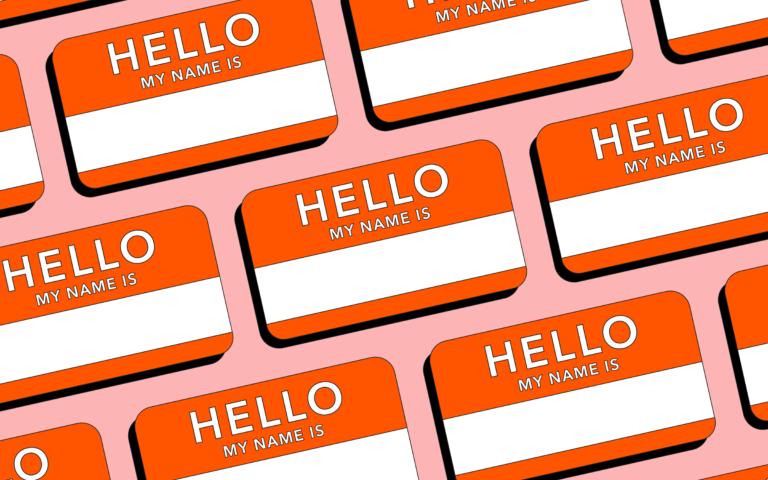
How Brand Can Boost Product Marketing
In software and technology companies, where the product is highly technical, there’s often an especially high wall of separation between Brand and Product marketing. Where Product is charged with opening the wallet, Brand is tasked with tugging on the heartstrings.
At Superhuman, we believe that a brand is bigger than that. It should act as the thread that unites all aspects of an organization—including marketing, sales, and product teams—around a shared purpose and story. Weaving that thread into your product marketing can have an outsized impact on how you show up and stand out in your category.
Here are four key ways your brand can inform your product marketing:
Create Cohesive Experiences
Imagine you’re late-night scrolling on Zillow (as you do), and you come upon a perfectly ornate Spanish colonial. Tile roof, arched entry—she’s a beaut! But when you click through the photos, you’re greeted with a straight-out-of-Mad-Men midcentury modern interior. Each is great on its own, but the disconnect between the two is not only confusing, it diminishes the beauty of both.
This type of dissonance happens all too often when product marketing and brand marketing are misaligned. Though products may have some of their own unique attributes and design elements, product marketing should reflect brand standards like voice & tone and visual language. This alignment has an amplifying effect on both brand and product efforts. By weaving your top-of-funnel brand messaging and visual motifs into your lower-funnel product marketing, you can tell a more connected and clear story across the entire customer journey.
Tell Persuasive Stories
The best stories simultaneously appeal to our emotional and rational needs. In marketing storytelling, brand and product work as companions to bring your strategy to life: brand creates the narrative framework, and products act as proof points. The key to getting this right is creating a seamless connection between your features (product) and the emotional (brand) benefits they deliver.
Outdoor apparel brands consistently ace this type of storytelling. Consider a brand like The North Face: their products are filled with valuable features for outdoor enthusiasts. But what makes those products command a higher price tag and loyal following is how the features come together to make people feel—empowered to push their limits. The North Face’s product marketing successfully connects those features to their brand purpose with evocative storytelling that inspires customers to “Never Stop Exploring.”
Build Internal Alignment
Brand is generally thought of as a tool that helps organizations tell their story externally, but savvy marketers know that brand can be just as important for driving alignment among internal teams. More than any other function under the marketing umbrella, effective product marketing requires cross-functional collaboration. Without the product, sales, and broader marketing teams onboard, many core product marketing efforts like value proposition development and sales storytelling can feel like a zero sum game.
In these situations, your brand can act as a thread to ensure that all stakeholders are working toward the same goals. Your brand messaging (manifesto / brand story / anthem / etc.) can be an inspiring way to kick off collaborative ideation; your brand strategy framework (foundation / pillars / house / etc.) is a perfect North Star to gut check new thinking against; and your design system (logo / color palette / typography / etc.) can act as guardrails for any visual executions.
Shape Product Innovation
At Superhuman, we are believers in the power of brand-led innovation—where your innovation teams use the brand as the guiding force to shape how, why, where, and for whom they innovate. The result is an innovation pipeline that’s in lock-step with your brand values, vision, and strategy. AirBnB is a beautiful example of how brand can shape product innovation. Guided by the brand purpose of helping people to “belong anywhere,” AirBnB expanded beyond their core vacation rentals business to include “Experiences”—where travelers can sign up for tours, classes and more—fostering a greater sense of belonging, no matter where they are.
For more on how your brand can inform your innovation strategy, stay tuned for the next post in this series by my colleague Lauren Palan.

Brand: The Connective Thread
How do you define a brand, and how does it connect your entire organization?

Connecting Innovation to Brand
How can you ensure that your R&D efforts expand on your core purpose, and truly serve your key audiences?

Connecting Portfolio Strategy to Brand
How can you decide where to focus and grow your portfolio by understanding your brand purpose?

Connecting Digital Experience to Brand
How can you inspire a more unique digital presence by building a strong brand story?




